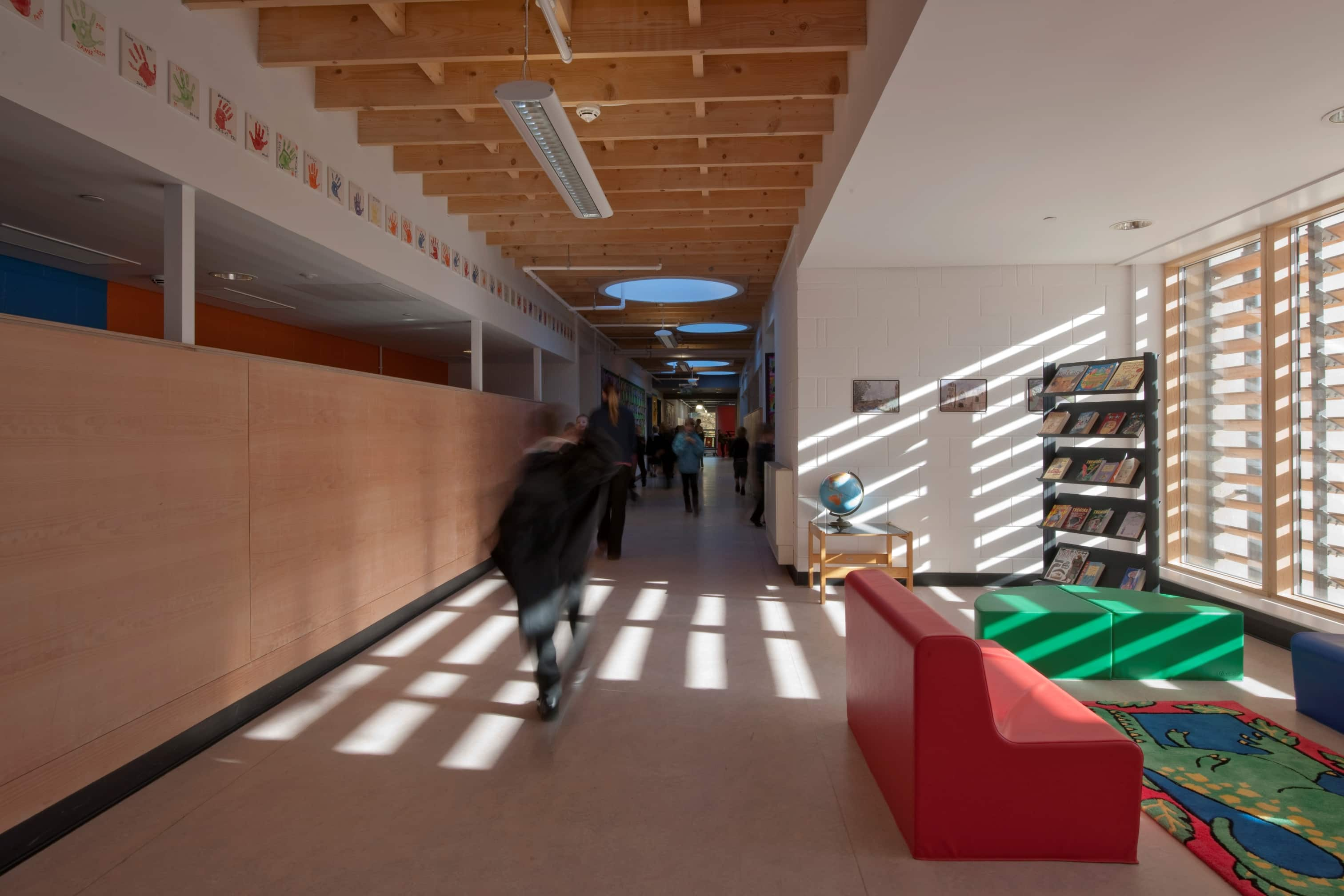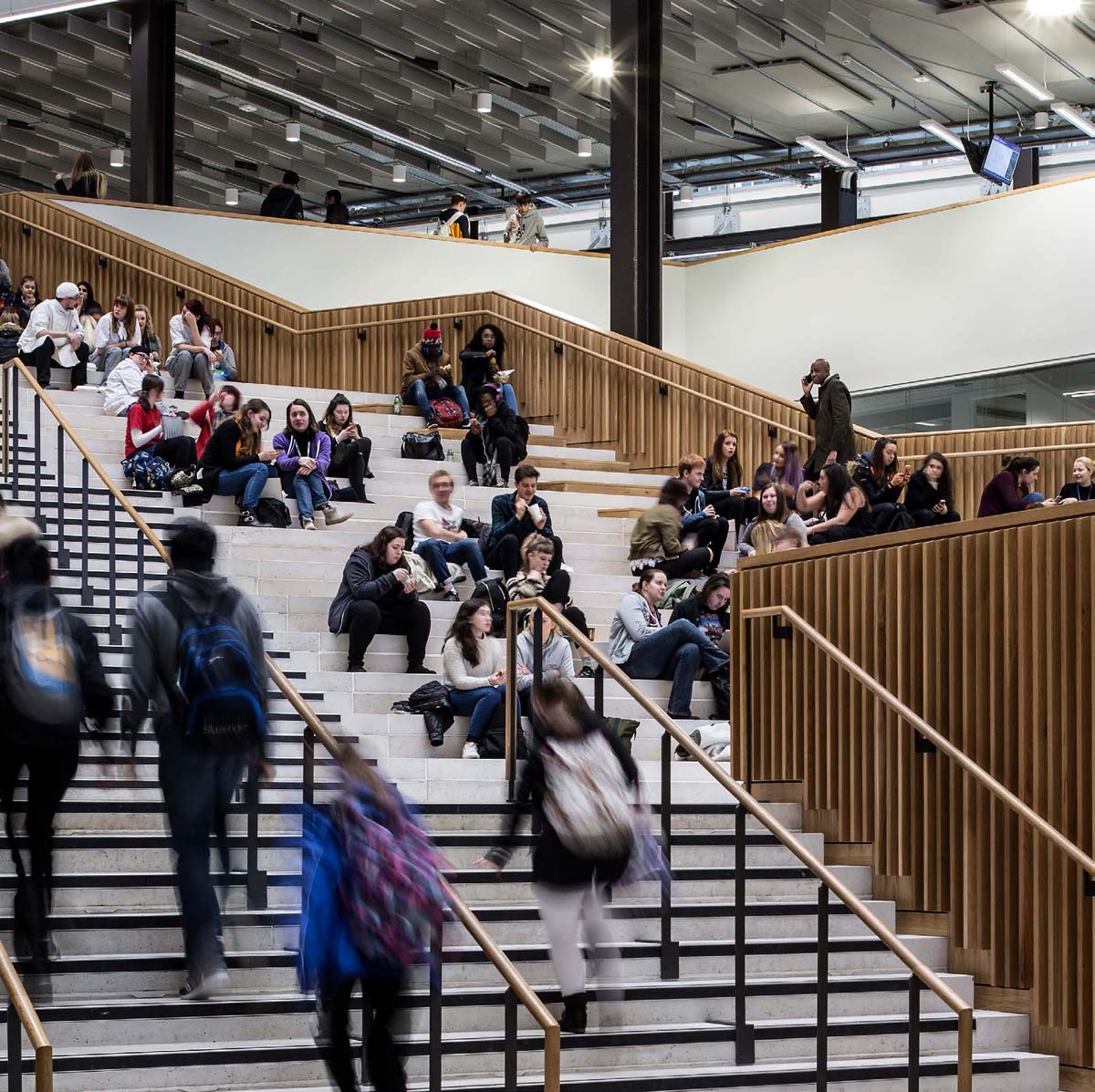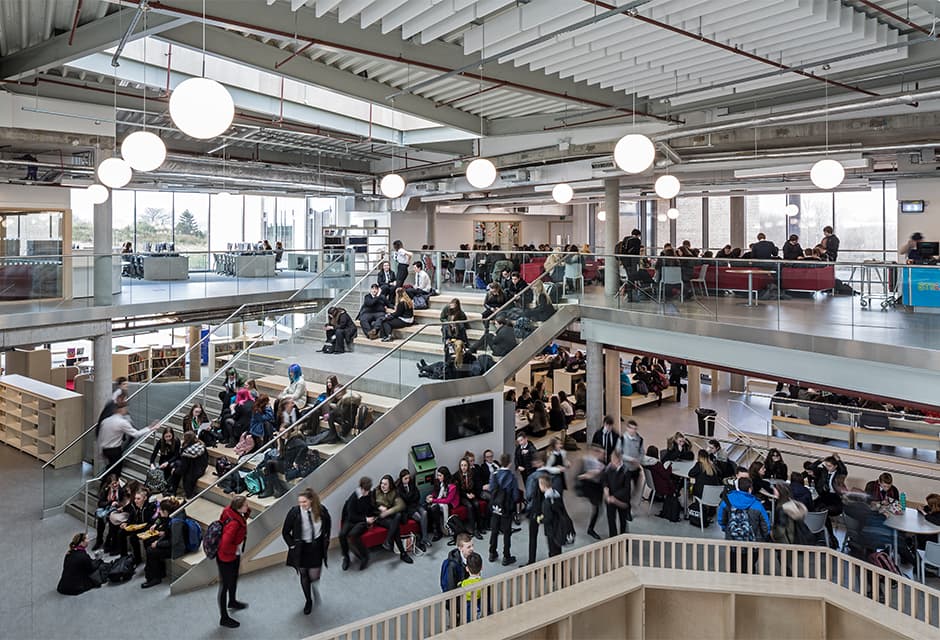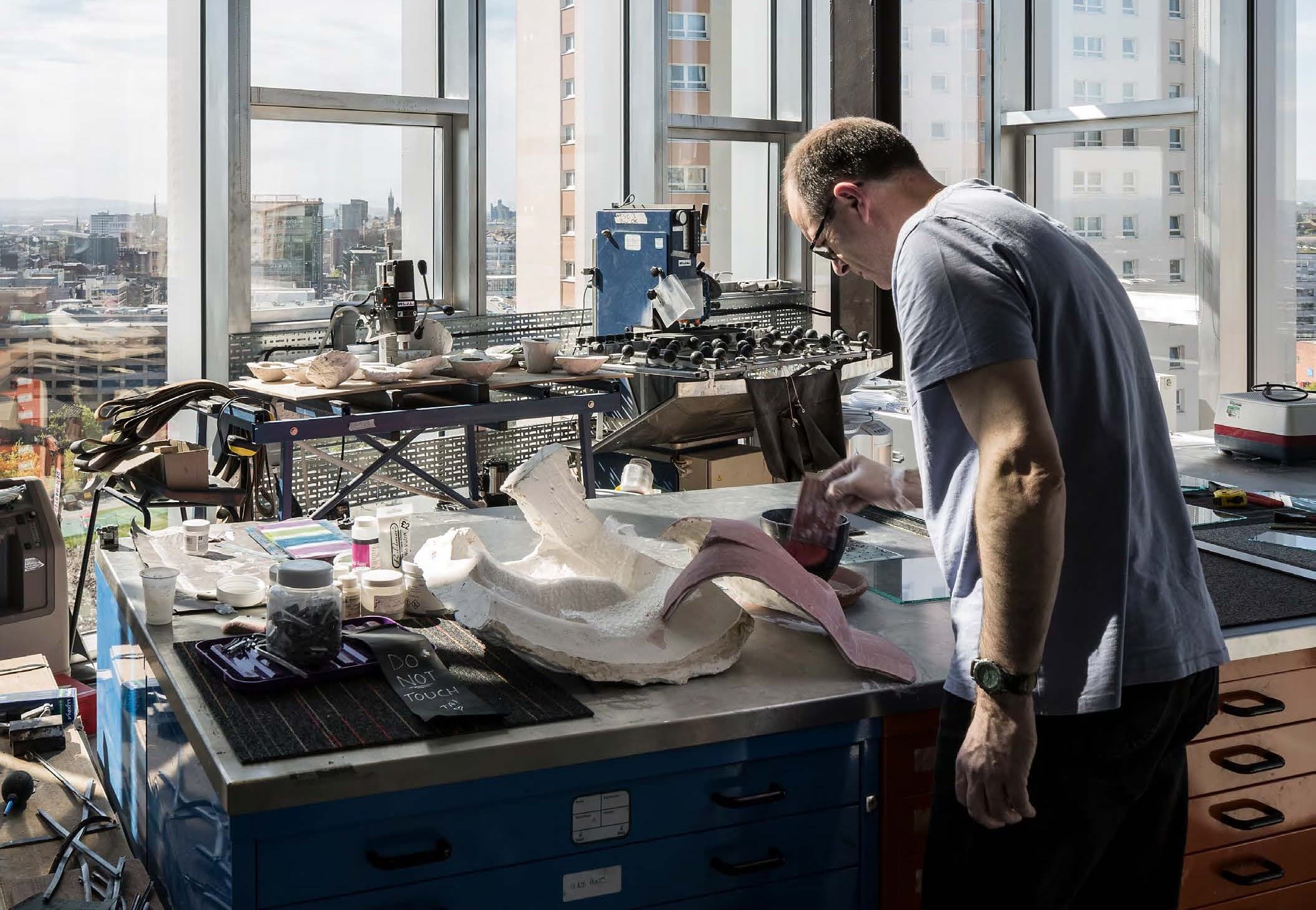At Architecture and Design Scotland we believe that design has the power to bring people together and make better places for everyone. This belief extends towards educational places and seeing first-hand how people in well-designed environments receive a positive experience throughout their academic and vocational journey.
We are currently supporting the Scottish Government and collaborating with Scottish Futures Trust to help anyone involved in design proposals for learning estates across Scotland by sharing our learning, co-ordinating advice and supporting local authorities.
Only by working together can we create learning environments that will help improve the lives of Scotland’s learners.
Our work on learning estates
As part of our goal of seeing the benefits of the Place Principle become an everyday reality to the way Scotland’s places are created, adapted and sustained, we’ve pulled together specific resources that focuses on improving learning estates.
You can read about some of the projects we’ve been a part of to date. Work that has enabled us to inspire and support those involved in designing and shaping our learning estates.
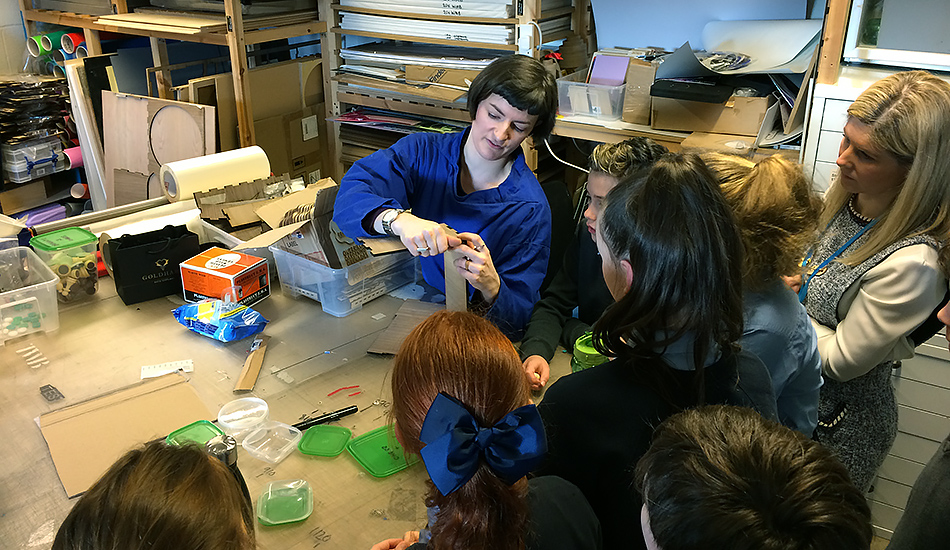
Our Shared Learning Toolkit
The spaces we work and learn in play a huge part in shaping our mental health, happiness, and ability to learn. How can the room we work in make a lesson better or more inspiring?
Our Shared Learning toolkit will help guide you and your pupils step-by-step on a collaborative mission to find the answers.
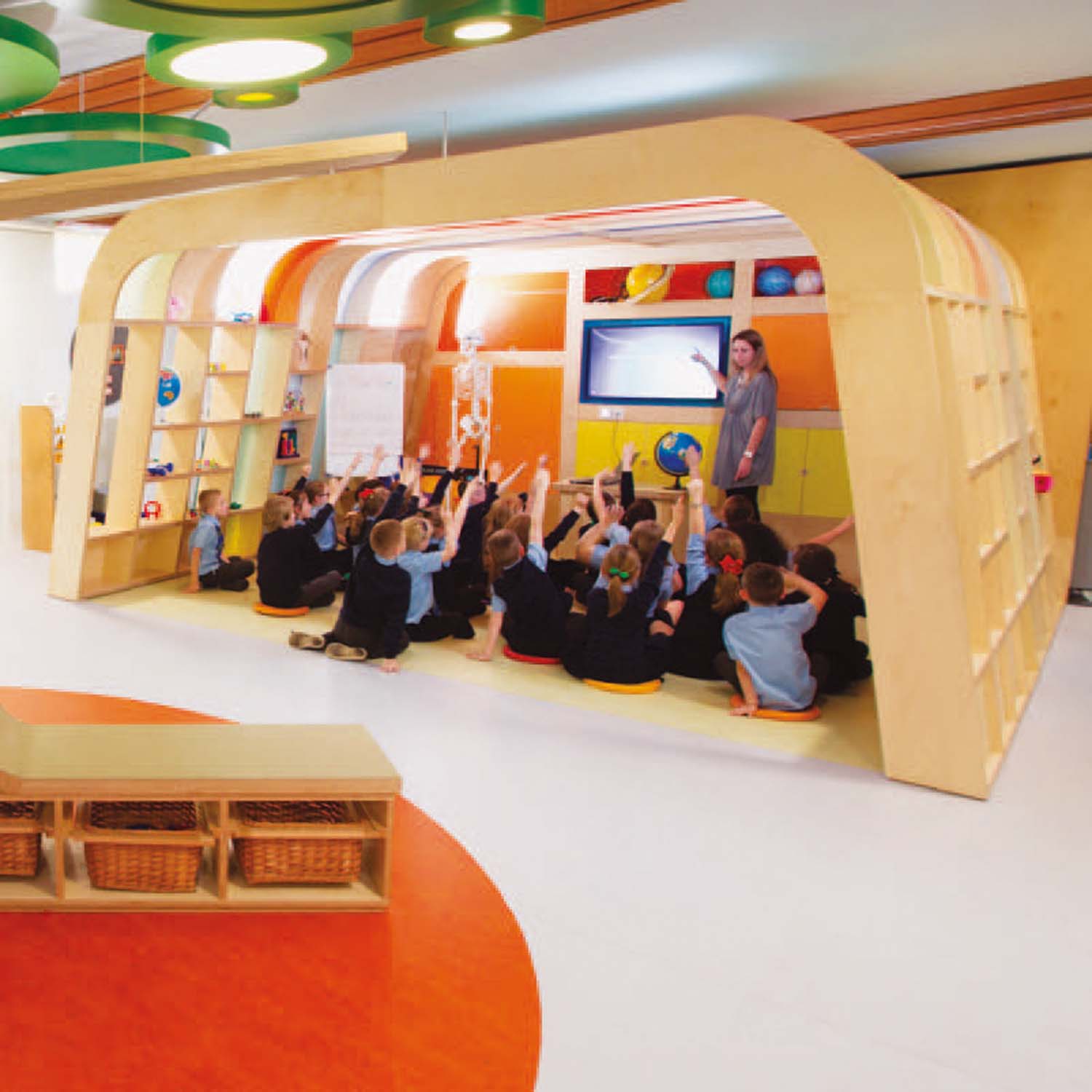
Supporting the strategy through participation and placemaking
We support conversations around needs and ambitions by including learners, teachers and communities in participation methods for co-designing learning environments.
This process allows all of us to see a bigger picture of what to connect, how to connect it and what form the built environment should include to accommodate these connections.
And we do this through the Inspiring Learning Spaces Toolkit.
Image credit: Martin Shields
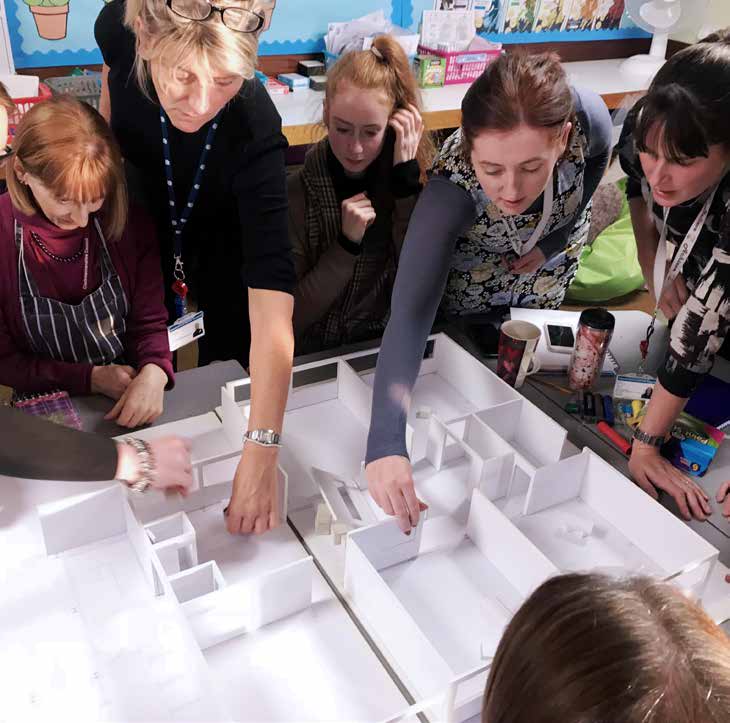
Tests of Change
Tests of change is a process that trials out new ways of working for creating learning spaces. It’s a process that requires us to engage with learners and teachers to highlight issues and opportunities that arise within a learning environment.
During this process we aim to:
- Develop a culture of testing to inform investment and approaches to designing spaces
- Enhance teaching and learning environments
We use the following methods for our Tests of Change process
Consulting with school leaders and teachers to establish the scope of practice change and identify issues and opportunities.
Involving learners and teachers in workshop participation (space hacks) to trial temporary spatial solutions.
Highlighting observations and findings from the space hack to help inform investment opportunities.
View our case studies
The following case study uses the Plan-Do-Study-Act approach from the Test of Change projects.
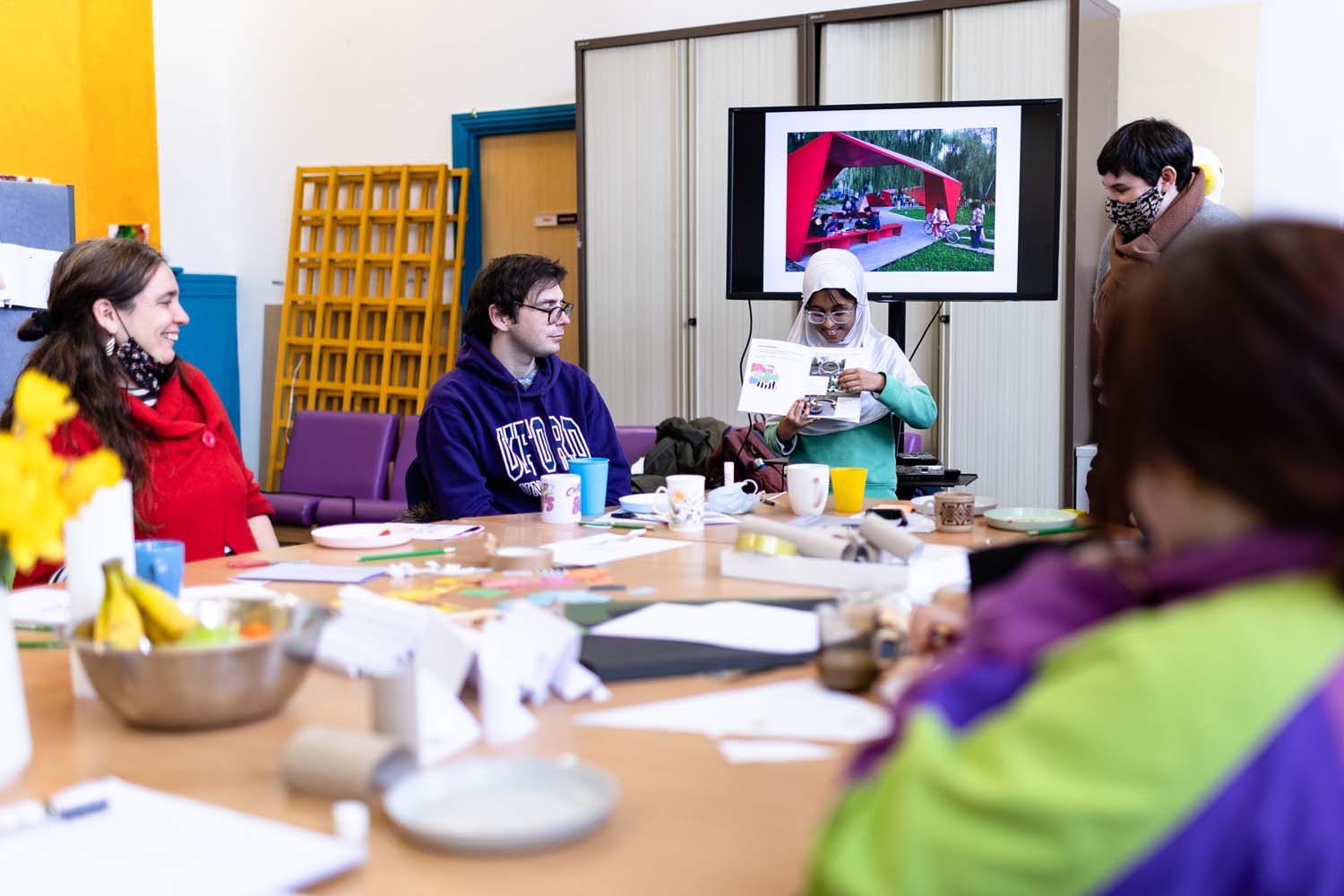
Design advice for schools
Design advice for schools provides support to education authorities, schools and anyone who is involved in briefing stage of school investments and design. To facilitate change for your learning estate, this can include:
- external view
- peer support
- facilitation
- learning networks
- resources
Image credit: Miss Lydia Photography
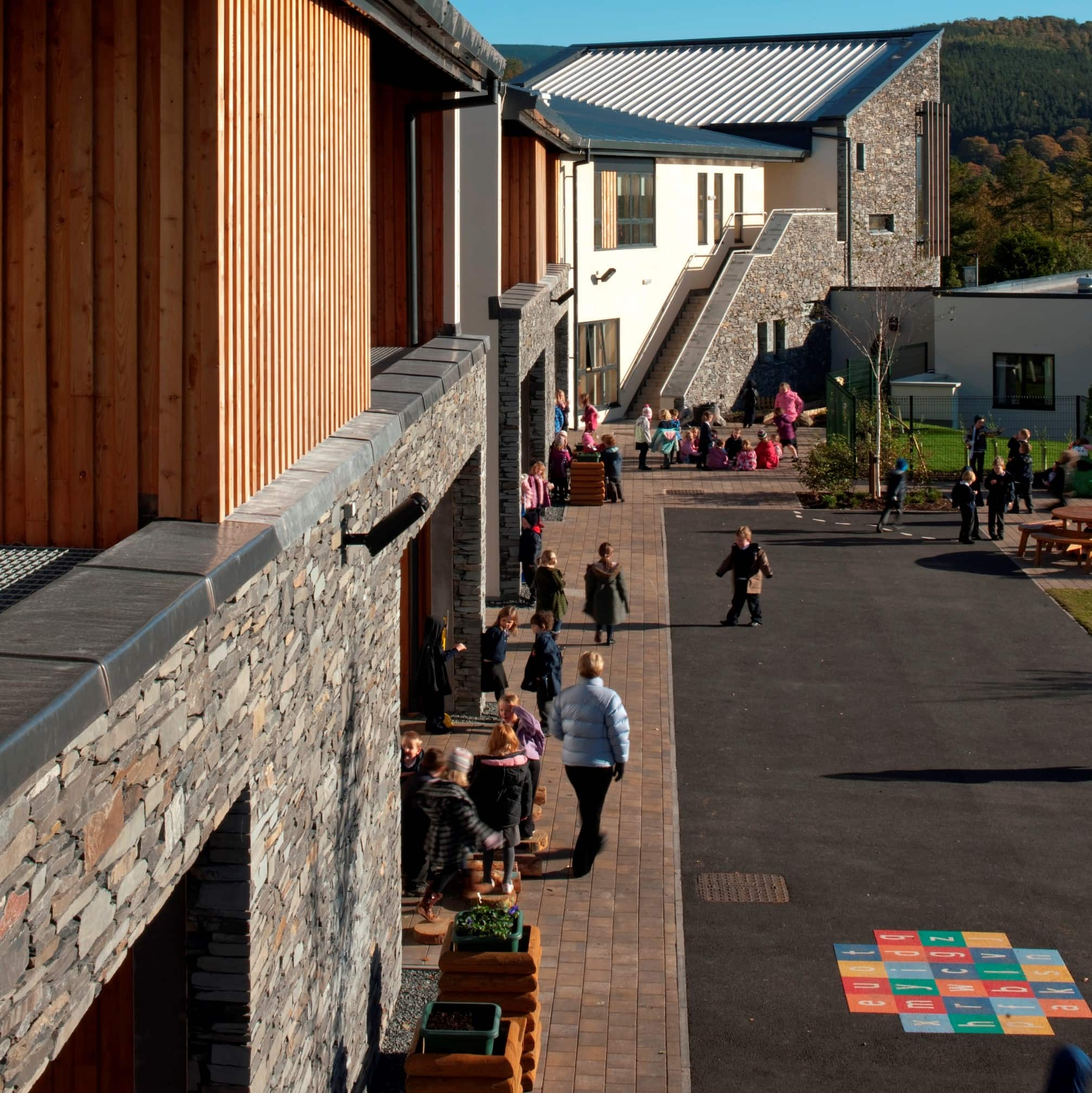
Applying the Learning Estate Strategy to our work
Delivered by the government, the Learning Estate Strategy (LES) aims to improve outcomes for communities by connecting people, place and learning through its guiding principles.
We apply the LES to our work to help improve education investment, manage the transition of the learning experience and empower individuals within the learning community.
Image credit: Paul Zanre
Support for the learning estate - how we can help
Tackling the climate emergency is central to Scotland’s Learning Estate Strategy. The Learning Estate Investment Programme (LEIP) aims to deliver digitally enabled, low-carbon (new and refurbished) schools and campuses that are inclusive and welcoming places which meet the needs of the whole community.
How we can help
We know that there are many challenges for those who plan, design, and deliver our places, including:
- tackling the climate emergency
- achieving Net Zero emissions
- addressing inequalities in health and wellbeing
- supporting inclusive economic stability
We are here to help local authorities, schools and communities to work together to achieve those goals. We are offering early-stage place planning and design support to education authorities, national partners and schools in Scotland at no cost.
We are here to help projects at an early-stage project to collaboratively identify and articulate design outcomes, contributing to the achievement of the priorities of the Learning Estate Strategy and the Learning Estate Investment Programme (LEIP)
- design advice and support to education authorities to help briefing and option stages of school investment and design
- use of the Designing for a Changing Climate: the eight principles of a carbon conscious place to frame discussions to identify inclusive Net Zero Economy Outcomes that supplement existing technical and environmental objectives to inform a project brief and evaluation framework
- outdoor learning design advice informed by our current action research projects with Learning through Landscapes (Climate Ready School Grounds) and Queen Margaret University (Outdoor Learning Hub)
- placemaking support for projects that are aiming to achieve design focused objectives of Net Zero Public Sector Building Standard (NZPSBS)
Header image credit: Paul Zanre
Related case studies
We have a collection of case studies that showcase well-designed educational spaces for schools across Scotland. Learn about what you can include for your learning estate from real-life examples.
Collaborating with learners and teachers for your learning environment
Seek out the voices of people that use your learning environment and let us guide you in the right direction. Depending on your unique design needs, our colleagues can help direct you to the best resources or provide advice for your learning estate project.

